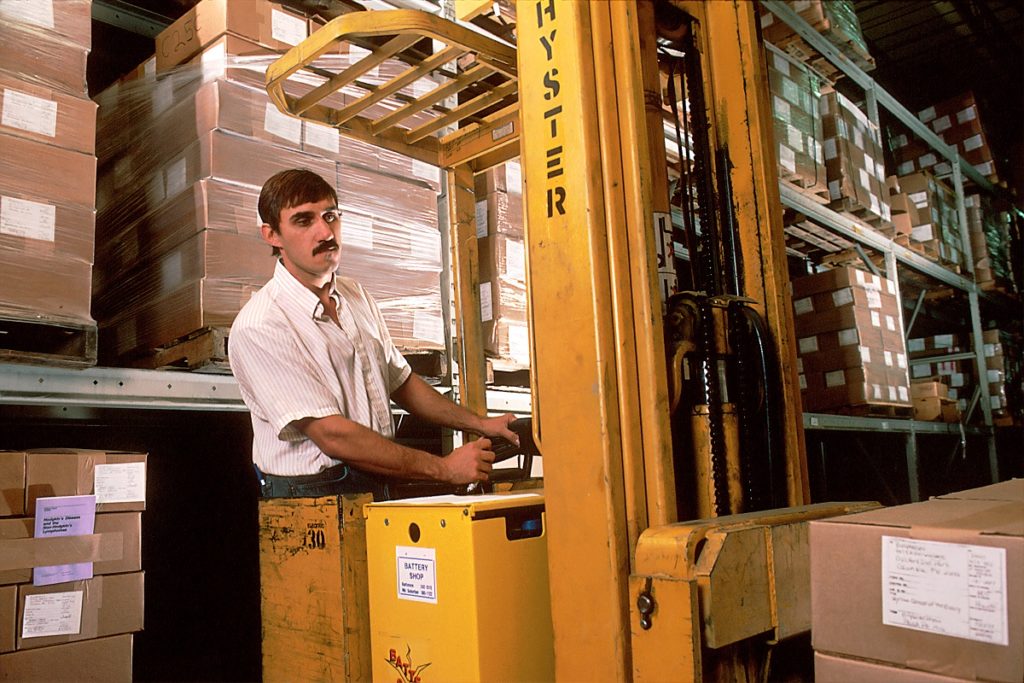Every year, workplace safety standards are evaluated and improved to provide a safe environment for workers. Unfortunately, some workplaces are simply more dangerous than others. Warehouses, for example, are fraught with many types of hazards. And while warehouse managers do what they can to make the space as safe as possible, these risks may always be present.
According to Safe Work Australia, the transport and warehousing industry recorded the highest fatality rate among all industries in 2018, with 38 fatalities. This is one of the reasons employers must invest in the proper gear for warehouse employees. With access to appropriate workwear for warehouses online, it’s easy to give warehouse workers an added layer of protection.
Apart from appropriate gear, though, knowledge is vital to minimise the risks of these hazards. Below, we enumerate what they are and what workers and managers can do to prevent them.
1. Physical strain
Warehouse workers often handle large, heavy items that they have to lift or move from one point to another. This puts their muscles under constant strain. While people have different strength levels, constant tension can lead to muscle damage, which can become a serious health issue.
2. Manual handling of items
The most common cause of physical injuries in warehouses is the workers’ manual lifting and handling of objects. Apart from muscular strain, manual handling of items also result in overexertion and awkward postures. What’s more, this increases the risk of different parts of the body being pinned or crushed between heavy loads.
3. Noise
Some warehouses, especially bigger ones, have forklifts, conveyors and other pieces of equipment that help reduce the manual labour workers have to do. But for all the help they bring to warehouses, these machinery also generate a lot of noise, which could potentially rise to hazardous levels. Hazardous noise levels can damage a person’s hearing when they’re exposed to it longer.
4. Slips and trips
Spilt liquid, wayward debris and boxes or pallets can often be found on the floor of warehouses. Some areas of the warehouse might not be well-lit. All of these things increase the risk of slips, trips and falls, resulting in injuries.
5. Falling objects

Stacking objects and packages on towering shelves and platforms is a common practice in warehouses. However, as the stacks get higher, so does the risk of objects dropping. And when even a small object falls from high above, it gains momentum and can do severe damage, especially if it falls on a person.
Ensuring Warehouse Safety
The first step to ensuring the safety of everyone working at a warehouse is abiding by the law. Under the Australian Work Health and Safety laws, places of employment must provide a safe environment and maintain reliable machinery and structures to ensure the health and safety of their workers.
Keep in mind that all jobs come with occupational hazards, but it doesn’t mean workers should be left to their own devices. Regular warehouse inspections, providing proper protective workwear and emphasising safety practices are some of the ways to stay potential risks at a warehouse.
